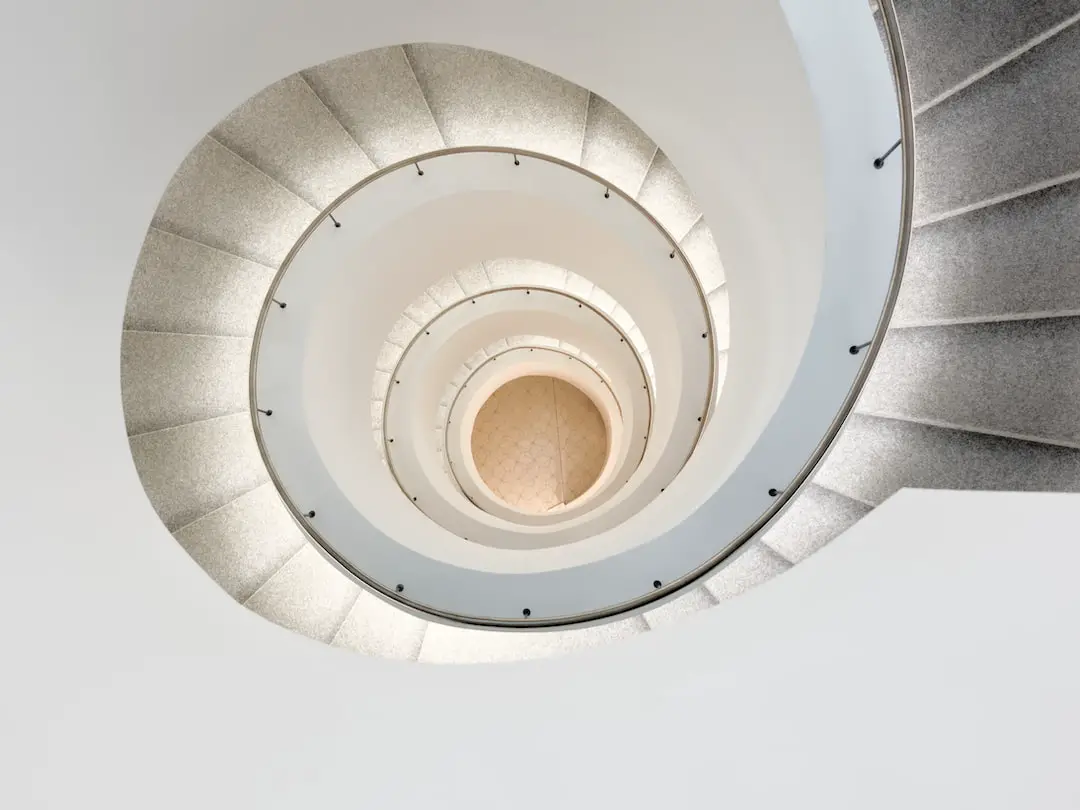
Imagine strolling through the serene pathways of Toneri Park in Adachi, Tokyo. The modern structures around you whisper tales of an architectural journey that spans centuries. Adachi, often overshadowed by its more famous Tokyo neighbors, holds a treasure trove of architectural evolution that tells the story of Japan’s cultural and technological metamorphosis.
The Roots of Adachi’s Architectural Identity
Adachi’s architectural narrative began with humble, traditional edifices. The classic Japanese homes, known as ‘Minka,’ were prevalent, with their characteristic wooden structures and tiled roofs. These dwellings were designed to withstand Japan’s humid climate and frequent earthquakes. They were a testament to the ingenuity of early Japanese builders, who prioritized harmony with nature.
As you wander through the quiet residential areas, you might still catch glimpses of these traditional styles. They stand as guardians of history, amidst the ever-changing urban landscape. It’s like peering through a window to the past, isn’t it?
The Shift to Modernity
Post-war Japan saw a seismic shift in architectural styles. Adachi was no exception. The rapid urbanization brought about by economic growth demanded new housing solutions. Enter the ‘danchi’ – large-scale public housing complexes that sprouted in the 1960s. These concrete structures offered a stark contrast to the wooden Minka, symbolizing Japan’s race towards modernization.
These danchi were more than just buildings; they were communities. They represented a new era of Japanese life, one that embraced collective living and modern conveniences. It was a bold step into the future, and Adachi’s skyline began to reflect this new, collective dream.
Contemporary Adachi: A Blend of Old and New
Today, Adachi’s architecture is a fascinating blend of the old and the new. Traditional houses sit alongside contemporary apartment buildings, creating a unique urban tapestry. The district’s commitment to green spaces is evident in its parks, where modern architectural elements are integrated with nature.
Take, for instance, the aforementioned Toneri Park. It’s a marvel of modern park architecture, with facilities that cater to every age and interest. The park’s design is a harmonious blend of open spaces and recreational areas, showcasing how contemporary architecture can enhance community life.
Adachi’s Architectural Future
What does the future hold for Adachi’s architecture? It seems to be striding confidently towards sustainability and innovation. The district is embracing eco-friendly designs and smart technology to create buildings that are not only aesthetically pleasing but also kind to the environment.
Imagine homes that generate their own energy, parks that recycle water, and public spaces that connect people not just physically, but digitally as well. Adachi is on the cusp of an architectural revolution, one that holds the promise of a smarter, greener future.
FAQs
- How has Adachi’s architecture changed over the years?
Adachi’s architecture has evolved from traditional wooden homes to large-scale public housing and now to a mix of old and new, with a focus on sustainability and smart technology.
- Can you still find traditional Japanese houses in Adachi?
Yes, amidst the modern buildings, you can still find traditional ‘Minka’ homes in Adachi, preserving the district’s historical charm.
- What makes Toneri Park a symbol of modern architecture in Adachi?
Toneri Park exemplifies modern park architecture with its integration of recreational facilities and green spaces, reflecting the district’s commitment to community and nature.
Conclusion
In conclusion, Adachi’s architectural landscape is a living museum that narrates Japan’s journey from its traditional roots to a modern powerhouse. The district’s buildings and parks, like the multifaceted Toneri Park, are testaments to this evolution. They embody the spirit of innovation while respecting the past. As Adachi continues to grow, its architecture promises to be a beacon of sustainability and smart design, making it an exciting place to watch for anyone interested in the future of urban living.
For those of us who’ve had the pleasure of experiencing Adachi’s transformation first-hand, it’s clear that its architecture is not just about structures. It’s about the stories they tell and the lives they touch. And that, my friends, is something truly special. 🌆